Journey through literary treasures: From Kipling to Stevenson Dumas, and the timeless classics.
Donald McGill created a cartoon postcard in the 1930s that became extremely popular and sold over 60 million copies. The cartoon features a bespectacled, nerdy young man holding a book by Rudyard Kipling while sitting under a tree with a young girl. ‘Do you like Kipling?’ he asks her earnestly. ‘I don’t know, you naughty boy,’ she replies coyly. ‘I’ve never Kippled.’ Well, if you haven’t ever Kippled, you don’t know what you’ve missed. Rudyard Kipling, born in India, is one of my favorite writers. My reading habit did not follow a natural progression of picture books to comics to juvenile books to adventure novels to literary (so-called) fiction to classics, which is the normal natural progression. I went straight from comics to Enid Blyton and thence to Classics.
The reason for this was my discovery of a cache of classic novels tucked away among the musty, hardbound copies of the All India Reporter on the floor-to-ceiling shelves in the Law Office of my mother’s ancestral home in Irinjalakuda. My grandfather, along with his sons and their descendants, were lawyers. The main entrance rooms of the old building housed the Law Office, the Clerk’s Room, and the Record Room where legal documents were stored. It was in the main office room that I found these books. I presume they were placed there by my uncle, a voracious reader and the understudy to his father, my grandfather—an eminent lawyer. In between diligently perusing the dusty old legal tomes, he doubtless needed to refresh his mind, hence the hidden stash, conveniently stored for easy access during my grandfather’s absence. The books in question included a Western, ‘Dead Man’s Gold’ by William Colt MacDonald, and three classics: ‘Kim’ by Rudyard Kipling, ‘Ivanhoe’ by Sir Walter Scott, and ‘The Three Musketeers’ by Alexandre Dumas.
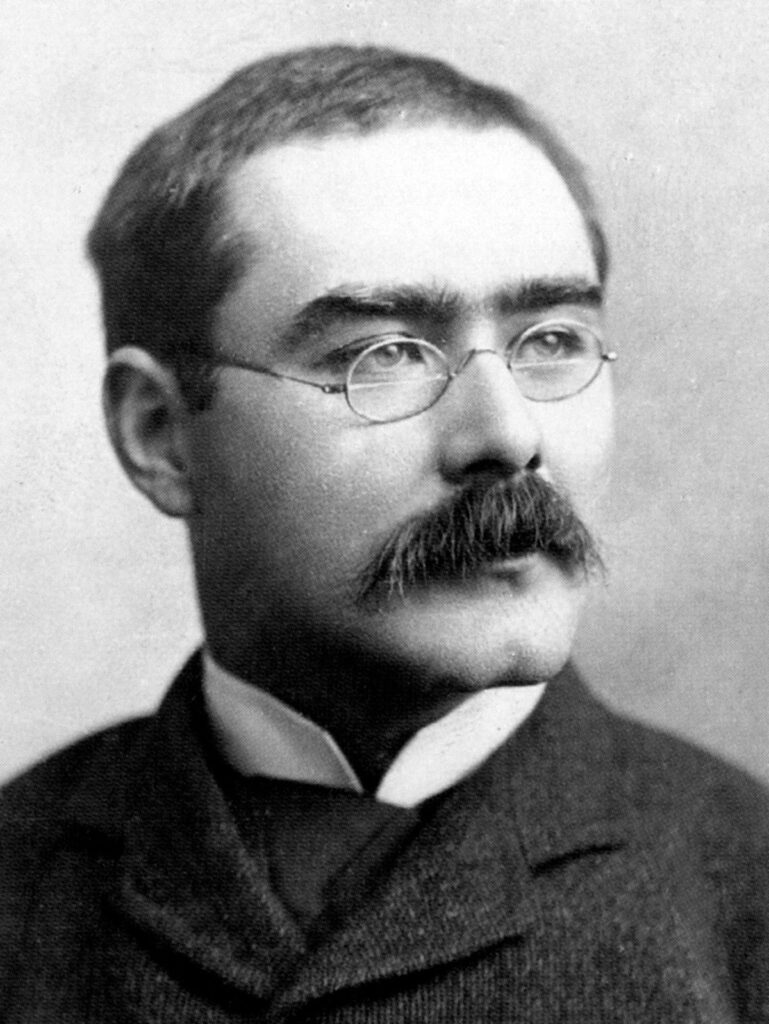
Kipling’s Raj adventures and the enchanting Jungle realms
I still remember the day I discovered these books discreetly nestled among the massive, faux leather-covered, imposing copies of the All India Reporter, seemingly covering the period from 1 BC to the current day, or so it seemed to me. I noticed a corner of a brightly jacketed book peeking out mischievously from behind the ramparts of legal tomes. Being vertically challenged at the time, I climbed onto a stool and pulled out the book and its three companions. The book was ‘Kim’ (first published in 1900), and its companions in crime I have already named above. I immediately started and raced through the Western first. Having made quick work of it in a couple of hours, I moved on to ‘Kim.’
I was already familiar with the name of Kipling, having read his wonderful short story ‘Rikki-Tikki-Tavi’ in school. The atmospheric story of the fearless young mongoose and his battle against the fearsome cobra Nag and his even more fearsome mate Nagina, to save his young human friend and his family, is one that has thrilled children and adults for decades, and I remember being enthralled by it. ‘Kim’ proved to be just as absorbing. The story of Irish orphan Kim, born in India, follows Kim’s adventures working as an agent for the British and trying to investigate what Russian agents are up to in the Himalayas. Set in the late eighteenth-century India of the Raj, Kipling was at his best when describing events set against the backdrop of his beloved India, and this episodic adventure story in his wonderfully descriptive style evokes the period as only he can.
As much as ‘Kim‘ is esteemed, my favorite Kipling book is the two-volume ‘The Jungle Books’ (first published in 1894), which I promptly sought and obtained from the library. The stories in the book about the man-child Mowgli, abandoned in the jungle and brought up by a pack of wolves, are said to be set in Seoni in what is now Madhya Pradesh. The animal characters, including Akela, the lone wolf and leader of the pack, Baloo the bear, Hathi, Bagheera the panther, and arguably the greatest animal villain ever, the terrifying man-eating tiger Shere Khan (only rivaled by Kipling’s own Nagina, also from the Jungle Book).
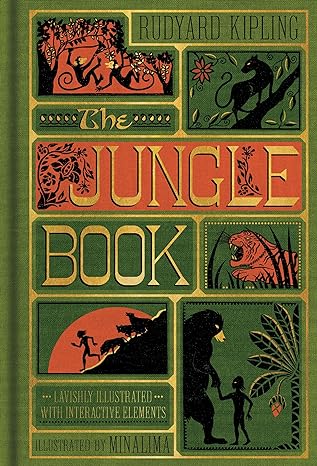
The stories are essentially moralistic fables, partly borrowed from the Jataka and other Indian folk tales, but so full of life and adventure that once read, they are never forgotten. Kipling wrote many other outstanding books, including ‘Plain Tales from the Hills’ and ‘Stalky and Co,’ and I am gradually working my way through his oeuvre. One thing is certain—I will be rereading the Jungle Books again and heartily recommend it to any of you unfortunate, thoughtless, or simply ignorant enough not to have read it. While organizing my books before writing this piece, I discovered that I have no fewer than eight different editions of the Jungle Books from various publishers, and that’s not counting the comic versions from Dell, Classics Illustrated, and Disney. Kipling has rightly been criticized as an advocate of imperial Britain with all its pomposity and history of injustices in the colonies, but by golly, he could write. He was awarded the Nobel Prize for Literature in 1907, the first English language author to receive the honor.
Once finished with ‘Kim,’ I delved into Sir Walter Scott’s ‘Ivanhoe’ (first published in 1819) and discovered another masterpiece. Set in the age of chivalry, England in the Middle Ages, this historical romance recounts the tale of the disinherited Saxon knight, Sir Wilfred of Ivanhoe, a follower of the Norman King Richard the Lionheart. He faces the enmity of Prince John and the dastardly knight Sir Brian De Bois Guilbert. Ivanhoe is in love with the fair lady Rowena and fights as her masked champion in a knightly tournament.
Other significant characters include the Jew Isaac of York, persecuted by the Saxons, and his daughter, the dark and dusky beauty Rebecca, the outlaw Robin Hood, and King Richard the Lionheart himself. Knightly jousts, archery contests, intrigue, and treachery abound, and Ivanhoe has to joust Sir Brian De Bois Guilbert at the climax to save Rebecca, who is falsely tried for witchcraft. The only misstep the author takes is having Ivanhoe wed the fair but insipid Lady Rowena, when anyone with an ounce of sense would have chosen the dark and alluring Rebecca. Talk about dunderheads. To this day, when Ivanhoe enthusiasts meet, the question is asked, ‘Rowena or Rebecca?’ and the answer is usually a resounding ‘Rebecca.’ Perhaps one day, someone will write a sequel where this monumental wrong is righted.
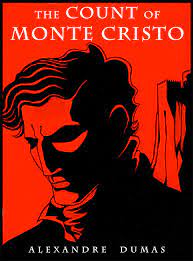
‘The Three Musketeers’ and ‘The Count of Monte Cristo’
The third book in the stash was Dumas’ famous swashbuckler ‘The Three Musketeers’ (first published in 1844), which tells the tale of the dashing young swordsman D’Artagnan and his inseparable friends, the three Musketeers Athos, Porthos, and Aramis. They live, love, and fight their way across France in the 1600s in a tale full of action, skullduggery, and a formidable villainess in Lady De Winter, known simply as ‘Milady.’
I devoured this and then procured the sequels ‘Twenty Years After’ and ‘The Vicomte De Bragellone,’ but it was a couple of years later that I chanced upon Dumas’ masterpiece in the Trivandrum Public Library, ‘The Count of Monte Cristo’ (first published in 1844). This book probably ranks as my all-time favorite classic novel. Set in France, this quintessential revenge story tells of a nineteen-year-old sailor named Edmond Dantes, falsely accused of treason and imprisoned on the island fortress prison, the Chateau D’If, due to the machinations of Fernand Mondego, his rival for the hand of the fair Mercedes.
In prison, he befriends the old Abbe Faria, who counsels and inspires him to escape from the prison and also reveals to him the secret of a treasure hidden on the island of Monte Cristo. After many adventures, Dante finds the treasure and returns to Paris as the immensely wealthy and mysterious Count of Monte Cristo. He discovers that Mercedes has married Fernando and has a son. Eager for revenge, Dantes cold-bloodedly begins to plot his revenge against those who wronged him. This may sound like the familiar template for a revenge novel, but Dumas was the one who did it first and did it best.
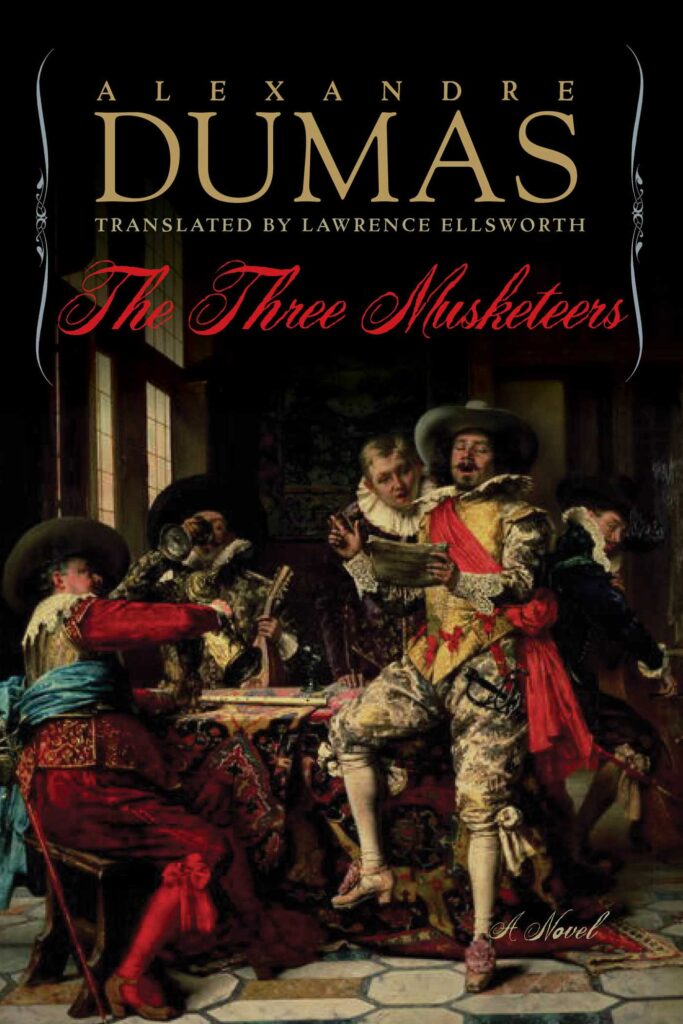
I raced through this huge doorstop of a book, finishing it in a couple of days. The victory of a storyteller lies in having the reader completely empathizing with the lead character, and Dumas succeeds brilliantly as we live every moment of Edmond Dantes’ turbulent tale of treachery, despair, hope, the quest for vengeance, and ultimate redemption as he realizes the virtue of forgiveness. The book has been filmed several times, as have all the books I have mentioned earlier, but the 2002 version starring Jim Caviezel as Edmond Dantes, Guy Pierce as Fernand Mondego, Dagmara Dominczyk as Mercedes, and Richard Harris as the Abbe Faria is one of my all-time favorite films, one that I have watched twice and intend to watch again. It is the one that comes closest to matching the magnificence of the book, and that is high praise. The 1982 Malayalam historical epic ‘Padayottam,’ with the legendary Prem Nazir, was also based on Dumas’ book.
Some of the writers mentioned above, like Kipling and Stevenson, were also wonderful poets, particularly Kipling with classics such as ‘Gunga Din’, ‘The White Man’s Burden’, and probably my favorite narrative poem after G.K. Chesterton’s ‘Lepanto’, the wonderful ‘The Ballad of East and West’. I think I had read all of these books by the time I was thirteen, and, having tasted blood, I devoured several more absolutely drop-dead classics, including, among others, Mark Twain’s ‘The Adventures of Huckleberry Finn,’ ‘The Adventures of Tom Sawyer,’ ‘The Prince and the Pauper,’ and ‘A Connecticut Yankee in King Arthur’s Court,’ Robert Louis Stevenson’s ‘Treasure Island,’ ‘Dr. Jekyll and Mr. Hyde,’ and my favorite of his books, ‘Kidnapped,’ Jane Austen’s ‘Pride and Prejudice,’ Orwell’s ‘Animal Farm’ and ‘1984,’ and several Dickens books, of which my favorite was ‘The Pickwick Papers’.
I finally hit a roadblock when I tried to read ‘Moby Dick’ by Herman Melville and ‘Anna Karenina’ by Tolstoy, both of which I found incredibly difficult and ultimately left unfinished. I satisfied myself by reading the Classics Illustrated comic version of ‘Moby Dick’ instead. As I grew older, my lowbrow literary tastes expanded, and I started consuming everything in print I could get my hands on. My love for the classics remains, though. There is a reason they are called classics. The reader has a treasure trove ahead, and one doesn’t even have to outwit the likes of Long John Silver and his dastardly crew to get one’s hands on these pearls beyond price.


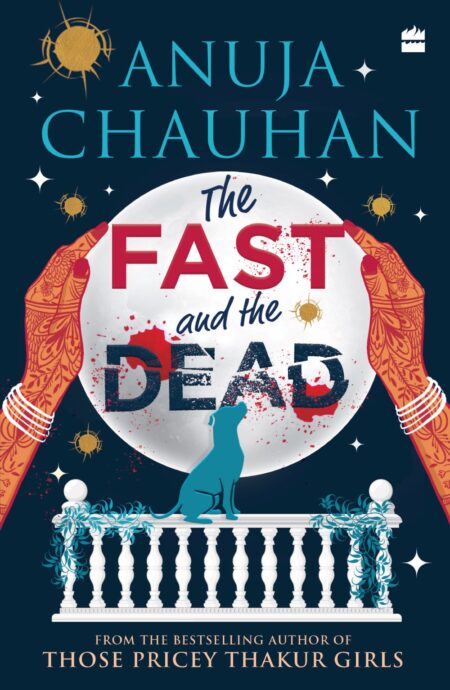

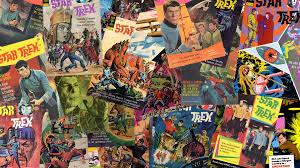
1 Comment
A well- conceived and well-brought out article. Vineeth has the best of a seasoned Government officer and of a new- age go- getter. He avoids the time- tested jargon of literarature critics who make the review more complex than the book reviewed is. His style of writing is as crisp as crispiness can be. A thing of joy, indeed.